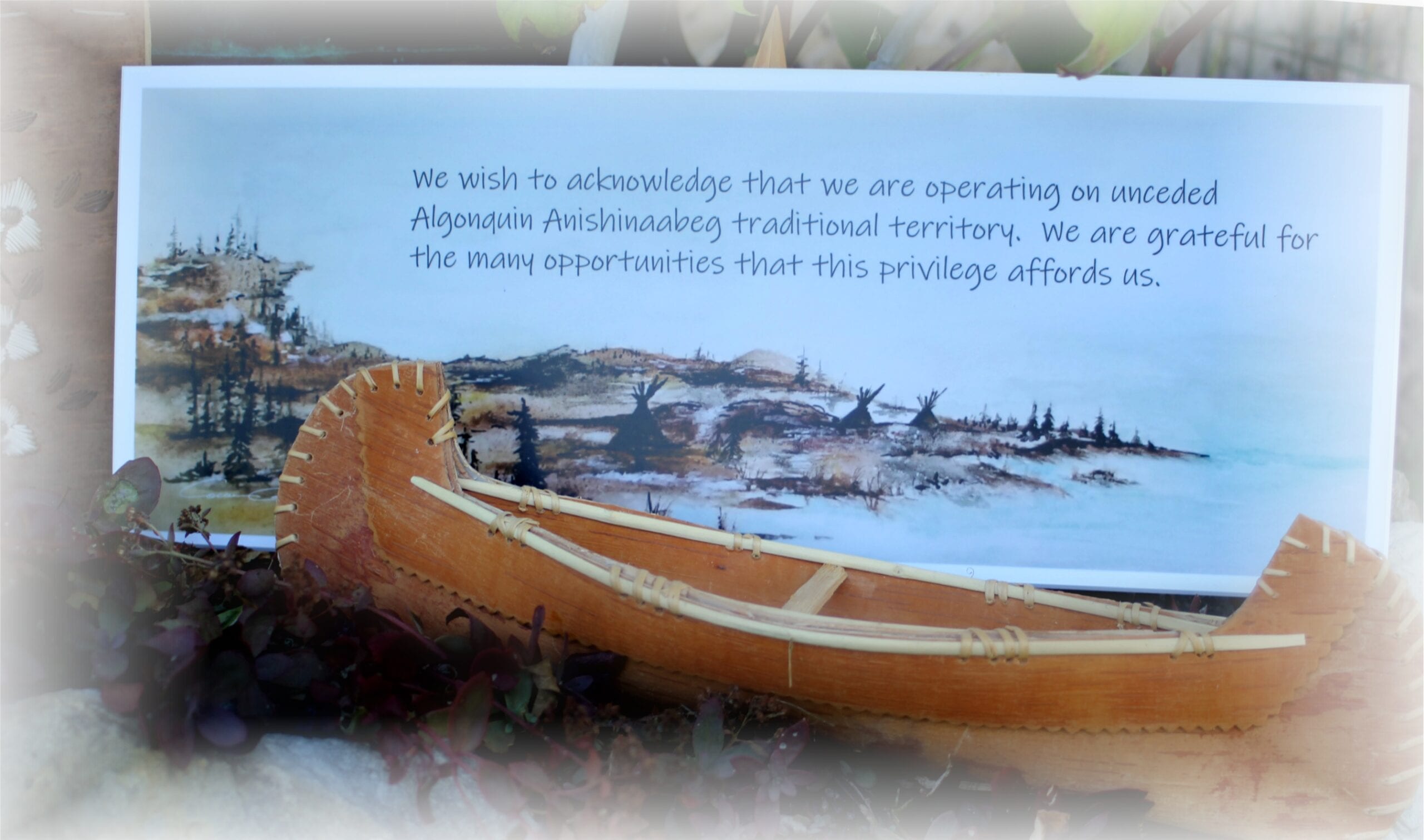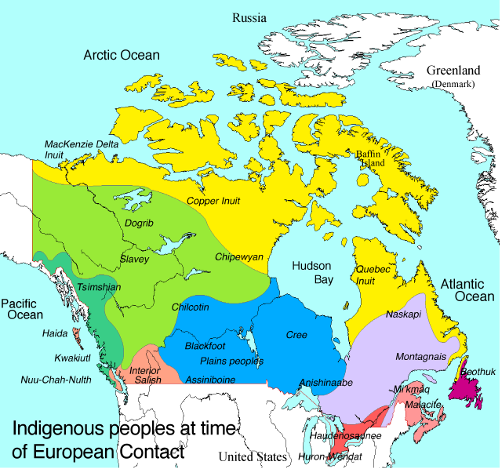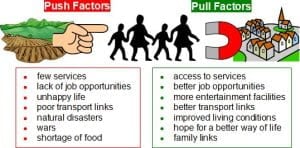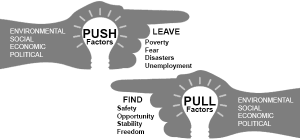Last week we began our first unit in Grade 6 Social Studies. Our first unit will involve the analysis of differing Canadian identities. Students will explore the diverse cultures, landscapes, and symbols of the various provinces and territories. Furthermore, students will uncover the difference between cultural appreciation and cultural appropriation.
The following slideshow will be used to access our daily notes and do nows:
This is a live document that will be updated regularly. Students also have access to this page on their Grade 6 Social Studies Notes/Do Nows Google Docs (in their Social Studies folder).
We spent time in class discussing the historical research process. These are the essential steps that historians utilize when conducting research and analysis.
Step 1: Choose a research topic and locate sources of information that will help you answer your research question(s). (Think: Government websites, University websites, Books, Journals, Articles, etc.)
Step 2: Evaluate your sources. Make sure the sources provide accurate information. Sources are considered reliable when people who are, “experts in the field”, write them. These are sources you can trust. People who are not considered, “experts in the field”, write unreliable sources. These are sources you cannot trust.
Step 3: Take notes. When reading from sources, write down any key information that will help answer your research question(s). Avoid copying straight from the text; instead, write the ideas in your own words. Remember to include source information such as the book title, author, and page number in your notes.
Step 4: Make objective conclusions. After conducting research, review your notes and summarize what you learned into sentences. Ensure you present your findings in an objective way (i.e., without misrepresenting the truth).
Step 5: Cite your sources. By citing your sources you are giving the original author credit for the work they did. This helps to prevent plagiarism. Citing sources can also help your readers locate further reading on the topic.
Our first assignment deals with students creating an infographic about a national symbol. Students will be asked to utilize the historical research process. The assignment instructions, graphic organizer, rubric, and example can all be found in the link below!
Click here to learn more about the Canadian Symbols Infographic Assignment
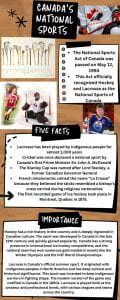
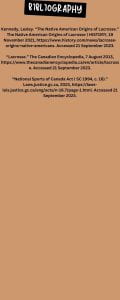
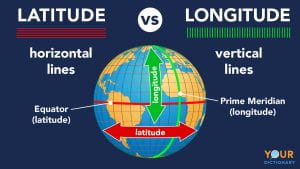
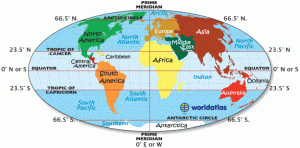

:max_bytes(150000):strip_icc()/1481740_final-2cb59d3786fe4885a39edf7f5eab1260.png)



